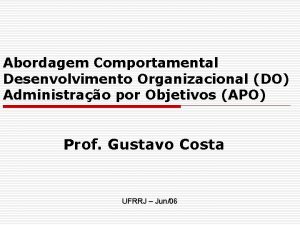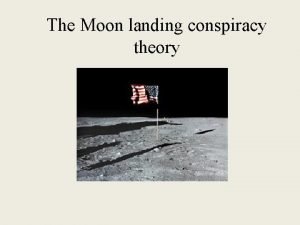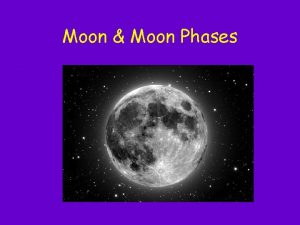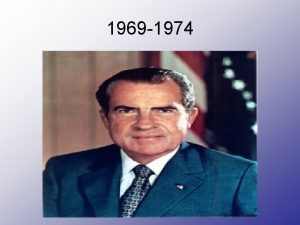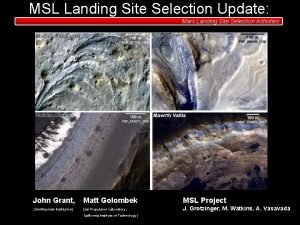The Moon First Moon Landing 1969 Moon Video














- Slides: 14

The Moon First Moon Landing 1969 Moon Video Clip

Space Exploration 1959—Soviet Luna spacecraft first encountered the moon. 1969—Apollo Astronauts from the United States landed on the moon.

Theories for the Origin of the Moon l Earth and moon formed simultaneously, with the moon in orbit around the earth.

Theories for the Origin of the Moon l Earth was spinning so fast that a chunk of it spun off into orbit.

Theories for the Origin of the Moon l The Moon formed elsewhere in the solar system and was captured by Earth’s gravitational field.

Theories for the Origin of the Moon l The moon formed about 4. 6 billion years ago as a result of a collision between Earth and a planetsized object.


Development of the Moon l Over the first ½ billion years of the moon’s life, the moon was constantly impacted with meteoroids and other planetary objects.

Development of the Moon l The frequent impacts melted the surface layers forming a huge “magma ocean. ” l The crust cooled and hardened.

Development of the Moon l Additional impacts continued to gouge out craters and depressions on the moon’s surface; this formed the pitted surface that is seen today.

Impact Craters Lunar craters are circular hollows on the moon’s surface formed after a meteoroid strikes. l The smallest craters are microscopic pits, but the largest are nearly 2100 kilometers across. l

Impact Craters l Most craters are named after people from around the world including Einstein, Edison, Fermat, Scobee, and Copernicus.


Impact Craters l Rays radiate from a number of craters. l Rays form from shattered rock and dust that were splashed out by the meteoroid that formed the crater.
 Put first things first video
Put first things first video Yandex ru video search text video
Yandex ru video search text video Yahoo gravity
Yahoo gravity Httptw
Httptw Digital media primer
Digital media primer Walter gropius 1883-1969
Walter gropius 1883-1969 1969 white paper
1969 white paper John norman collins victims
John norman collins victims Thinkfree office viewer
Thinkfree office viewer Ffa history timeline
Ffa history timeline Dr. charles homer lane
Dr. charles homer lane Beckhard 1969
Beckhard 1969 Theodorson and theodorson 1969 communication
Theodorson and theodorson 1969 communication Rip curl 1969
Rip curl 1969 Bipartição
Bipartição











